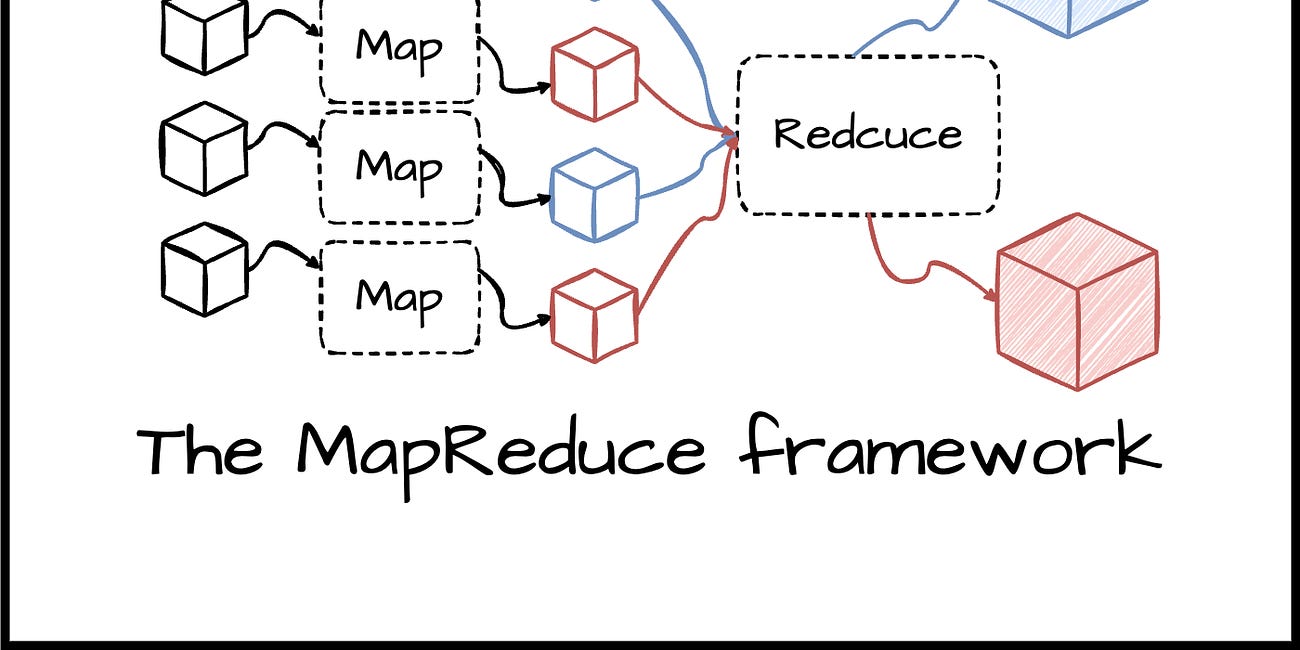Incremental Deprecation
Deprecate incrementally along with incremental releases to save cost, avoid tech debt and more, all in today's article.
We all know how to release new features and services incrementally in a big migration project, but most of the time we don’t really care about the other side which is deprecation. In this article, I will share how deprecating incrementally with parallel releases can bring tremendous benefits.
Deprecation should be part of design/plan/migration document and communicated to users from the beginning to make the most of it. A typical migration flow will look like:
Release X → Run in Parallel → Deprecate X📖Related Reading: Large Scale Migration Best Practices
Lets dive:
Save Cost
Running two End to End Systems in parallel can be very expensive, this can be estimated early on to decide whether incremental deprecation would save meaningful $ or not. A big data heavy project are typically expensive, and its well worth to consider the proposed approach.
💡Cost will still be high for the time being especially during the mini parallel runs which is required for testing and validation.
Avoid Tech Debt
Ignoring the deprecation planning would lead to unnecessary technical debt which itself is a very challenging problem to solve, it is better to avoid its in first place. Read how to deal it by considering Tech Debt as a Financial Debt.
💡This makes the architecture and codebase clean and healthy from the beginning.
Easier Rollbacks
Rollbacks are needed when something does not work as expected, with incremental deprecation you have the power to easily rollback. Consider from the image above, if you Deprecated A and for some reason Release A did not work as expected, you could easily and quickly revert.
💡This is the same approach used in incremental releases.
Quicker Feedback
Incremental deprecation also pushes users to move to new systems quickly to try, test and provide feedback. Keeping the old service alive till the end could mean users have the opportunity to stay at old service until the whole system is shutdown.
💡Moving users and dependencies to newer service is a very common challenge.
This is something I shared on LinkedIn a year ago:
In case you missed a guest post by
earlier this week, give it a read and provide feedback.From Around:
If you like to quickly grow your career, show love for: The Hight Growth Engineer by
If you are interested in reading more about Venture Capital, visit: The VC Corner by
If you like to understand how modern scalable systems work, check out: System Design by
If you love practical coding, head to: Coding Challenges by









At one point we used tags/labels to mark every software and it was visible to all devs in the org what is getting deprecated and when.